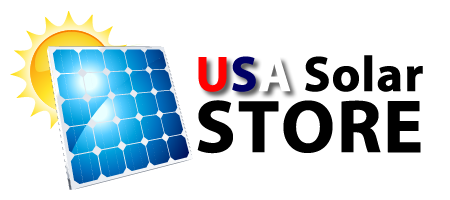Questions?
Need Assistance?
Call Us Today:
1.800.786.0329
12v / 35w DIY Solar Charger
Product Features:
- Charge Laptops / Tablets / DSLR Cameras
- Lightweight 35W Solar Panel Included
- Great For Long Road Trips / Camping
- Plug-N-Play Cigarette Lighter Adapter
Product Documents:
DIY Solar Battery Charger with 12V Charge Controller.
The 12V 35W DIY solar panel is powered by Crystalline photovoltaic cells. Our solar battery trickle charger are generally used for off-grid purposes. It is a more versatile solar panel in terms of application. They are a smaller lightweight solar panel, specifically this solar panel weighs about 7.7lbs, making transportation and handling convenient. The 12V 35W Crystalline Solar Battery Trickle Charger can be use as a battery maintainer for the battery of automotive and marine. The 12V 35W Crystalline Solar Battery Trickle Charger can also come with battery clamps and cigarette lighter adapter, so you can use it in different ways under different circumstances.
This photovoltatic solar system has a bracket on back, so the panel will be positioned at an angle.
Features:
- Off-grid solar project
- Ideal for solar application
- Lightweight, easy to transport and handle
- Panel held at an angle by brackets attached to the back
- Battery Trickle Charging Kit
- Converts daylight into electricity to charge 12V batteries, extending battery life
- Suitable for trickle charging a wide range of batteries and power packs
- Blocking diode prevents reverse charging and protects battery discharge at night
- Aluminium frame
- Perfect for batteries stored in caravans, boats and vehicles in long-term storage
Potential Applications: Use the 12v DIY solar charger to keep your laptop batteries charged (using a 12v laptop charger).
- Suitable solar charge for mobile phones. How? Simply connect your 12v car charger directly into this unit.
- 12v Solar Battery Charger: charge any 12v battery using this easy to install 12v charging kit.
How Do Photovoltaic Solar Cells Work?
Photovoltaics is the direct conversion of light into electricity at the atomic level. Some materials exhibit a property known as the photoelectric effect that causes them to absorb photons of light and release electrons. When these free electrons are captured, an electric current results that can be used as electricity.
The photoelectric effect was first noted by a French physicist, Edmund Bequerel, in 1839, who found that certain materials would produce small amounts of electric current when exposed to light. In 1905, Albert Einstein described the nature of light and the photoelectric effect on which photovoltaic technology is based, for which he later won a Nobel prize in physics. The first photovoltaic module was built by Bell Laboratories in 1954. It was billed as a solar battery and was mostly just a curiosity as it was too expensive to gain widespread use. In the 1960s, the space industry began to make the first serious use of the technology to provide power aboard spacecraft. Through the space programs, the technology advanced, its reliability was established, and the cost began to decline. During the energy crisis in the 1970s, photovoltaic technology gained recognition as a source of power for non-space applications.
PRODUCT DETAILS & SPECIFICATIONS
- Voltage: 12V
- Wattage: 35W
- Dimensions: 31 1/8" x 14" x 6/8"
- Weight of whole kit: 10
- Panel: 7.7lbs
- Charge Controller: 12V7A Charge Controller
- Charging Accessories : Male & Female Cig Adapters, Battery Clamps
- Charging Indicator : LED Charge Indicator
- Cable & Wire: 12V Adapter Cable and 15' Extension Wire
- Solar Cell Type: Monocrystalline
We Also Recommend


















